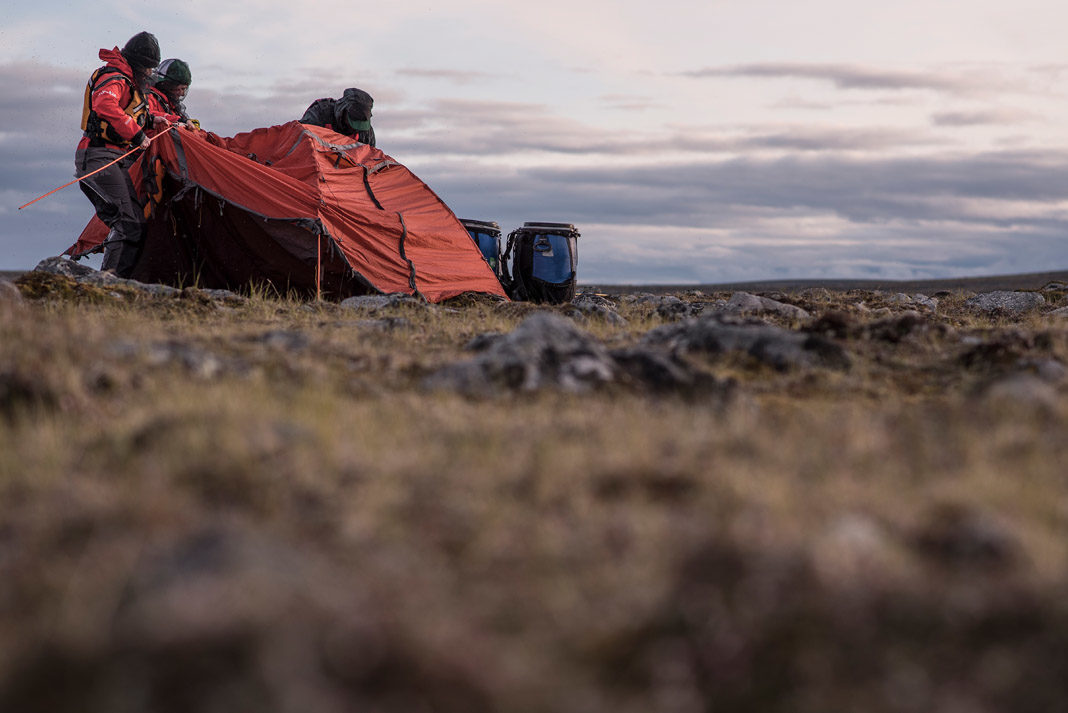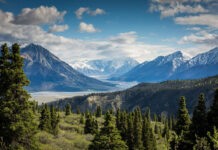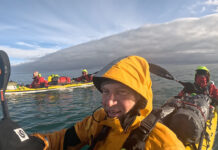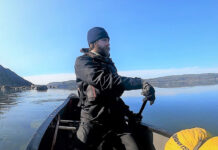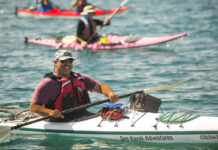Last July, six paddlers took a small plane to the vast Pingualuit Crater on the Ungava Peninsula in northern Quebec. We intended to paddle down the Lestage River, for which there is no written record of exploration.
A winter with low snowfall, combined with a warm spring had lowered water levels, making our plans immensely difficult. Rather than running rapids, we hauled our canoes over rocks while standing in a few freezing inches of water.
The slow and arduous progress was grueling. We were forced to accept the fact we would not reach the village of Kangirsuk in our time frame. The North is a land of splendor, but also a land of power—even after two years of planning this expedition the appropriate response was to be humble enough to modify our course.
The Lestage River will keep its mysteries. Our new path took us down the Arpalirtuq and the Lepellé, two more unmapped rivers accessible from our remote location.
Over the next four hundred kilometers and 26 days, we were graced with the company of seals, wolves and snowy owls. Most impressive were the thousands of caribou keeping pace with us.
Steady rain and occasional hail and snow accompanied the first 10 days of the trip. Constant high winds blew through the region, testing the mettle of our team of three men and three women, as well as our equipment.
Day after day, the environment changed, from stone landscape to comfortable moss. The only certainty was our daily routine of erecting camp. It was the place to recharge, heal our wounds, share and laugh. Our tents were more than shelters to us; they became the place to talk and listen, binding six individuals into a team.
No social facade or bravado can withstand the seclusion and challenges of a northern adventure like this. We each discovered the true essence of our traveling companions and were richer for it.
We wanted our adventure to be more than a friends’ trip and contribute to something more than our personal benefit. To achieve this we documented thousands of years of human life in the region, making notes on the presence of archaeological sites on our journey.
The discovery of tent circles, stone houses and cairns was a concrete reminder of the ancestral Inuit presence on these lands. These marks of the past bore witness to the strength, intelligence and resilience of the men and women who set these stones in place and lived in this difficult environment.
We were privileged to paddle those waves, walk those hills, admire that sky and be in communion with the fauna. This incredible opportunity comes with the responsibility of sharing the beauty of this fragile ecosystem and promoting its protection.
Featured Photo: Francois Leger-Savard



